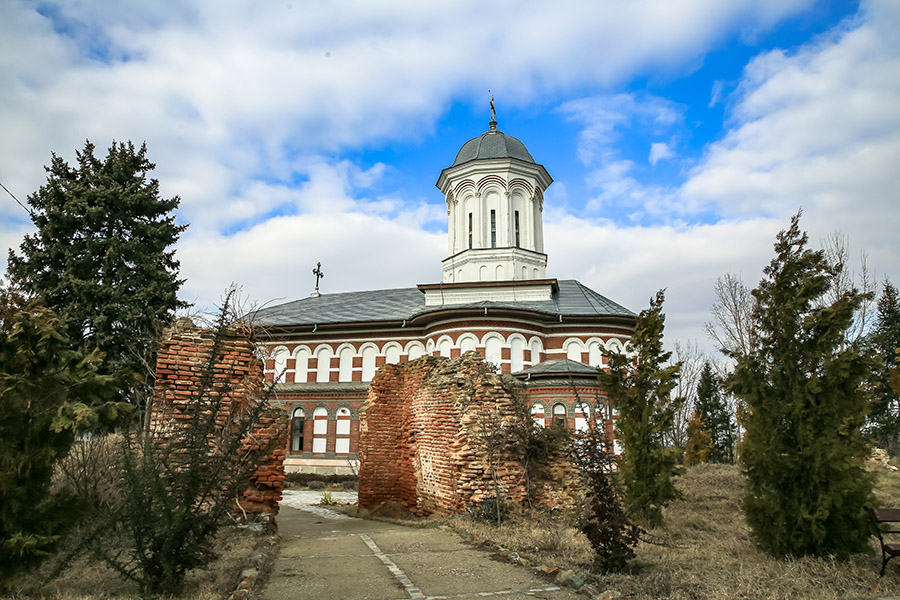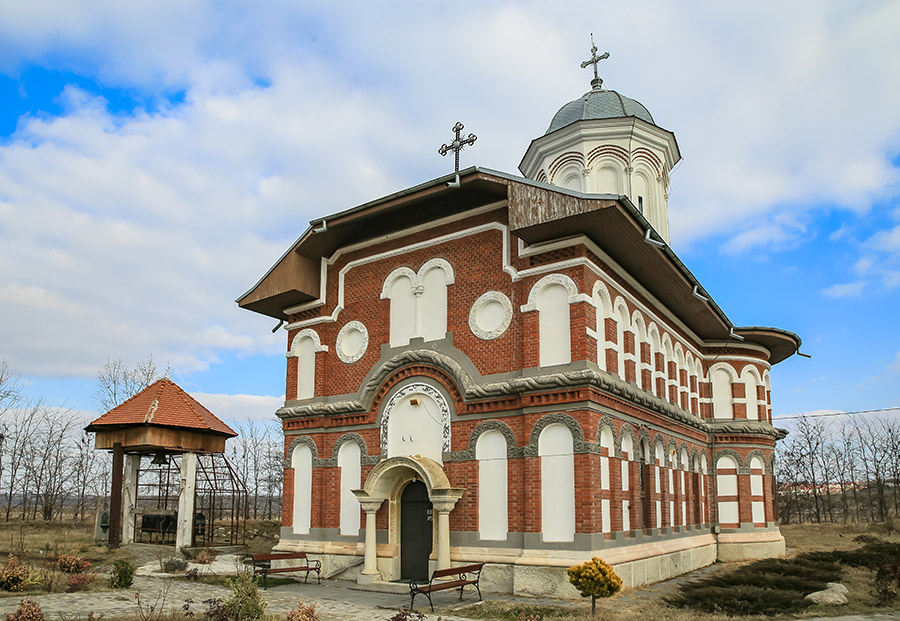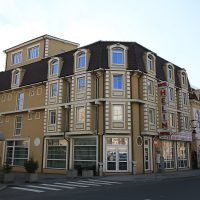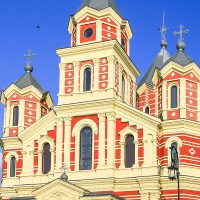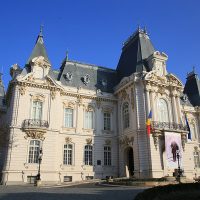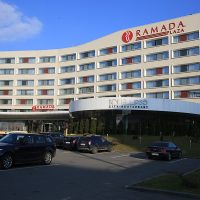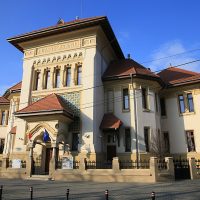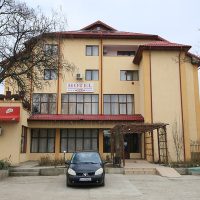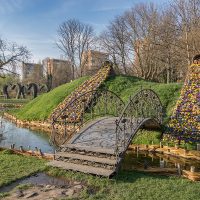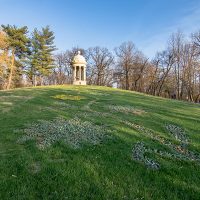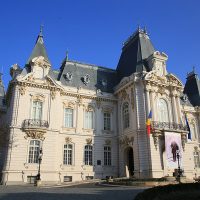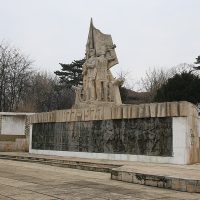








It is documented on August 20, 1530, in a letter from Vlad the drowned. The monastery church was founded (probably in wood) at the beginning of the 16th century by the Craioveşti boyars (the patron Barbu). It was for a long time one of the most important places of worship in the Romanian Country. In 1640, Matei Basarab rebuilds the settlement, and by a decree of November 27, 1640, the ruler forbade the dedication of the sanctuary to the Holy Places. The monastery was fortified like its other foundations; Paul of Aleppo observed in August 1657, when he visited the monastery with the patriarch Macarie of Antioch, that it resembles that of Strehaia, and the church, that of Bucovăţ. The next founder in Sadova will be Preda Brâncoveanu, who will continue the started work by building the cells and the bell tower on the south side, and Constantin Brâncoveanu will be the founder of the infirmary church, in 1693. Being an important monastic and cultural center in the south of Oltenia, worthy worshipers have been active here, taking care of both the administrative and the cultural side. In the 19th century, the Sadova monastery was affected by frequent Turkish incursions, but also by bad weather and earthquakes. Although some abbotts (Dionisie Romano) tried to restore its former brilliance, for this formerly important monastic center difficult times followed: the monastery would be abolished (during the secularization period) or abandoned. This period has influenced the appearance of the settlement. It was re-established as a monastic settlement in 1992. The church no longer retains its original appearance, being affected by the long period in which it was left abandoned. The current appearance is due to last interventions of consolidation and restoration in 1996.
Download PDF